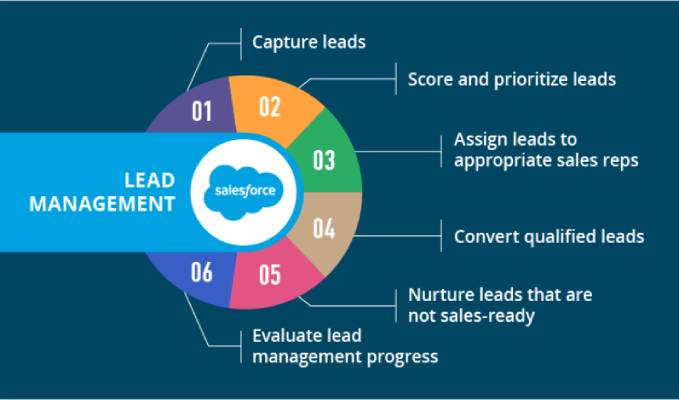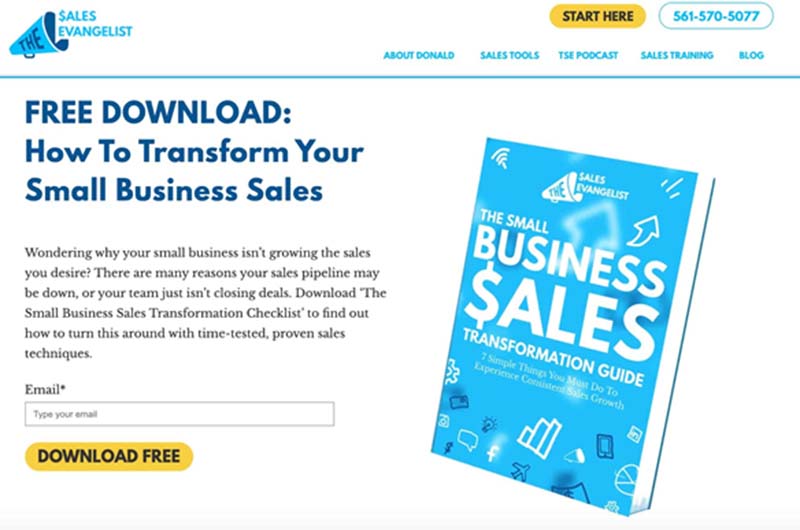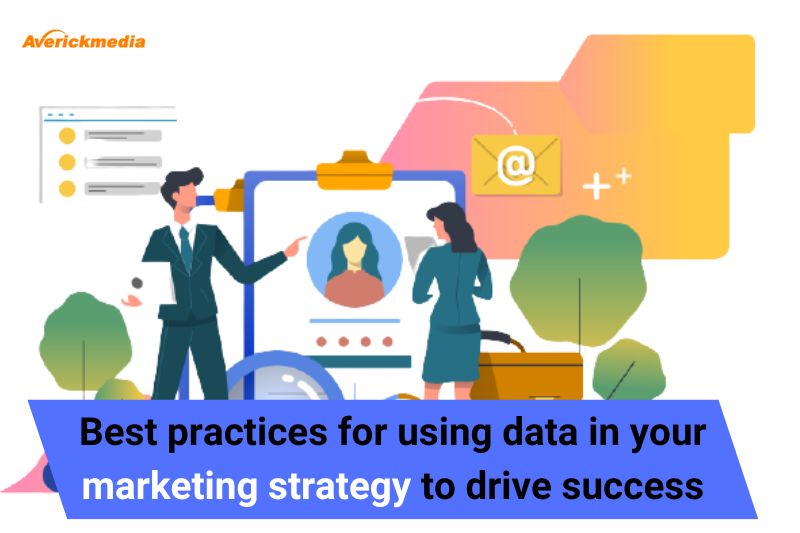Everything You Need To Know
About Lead Management

Leads are the lifeblood of all businesses, both online and offline. As a result, 53% of marketers invest at least half of their money to lead generation. However, 79% of marketing leads never convert into sales. This is when lead management enters the picture. Lead management allows you to nurture leads that did not convert to the point where they trust your company enough to buy from them. Potential consumers are all over the place, such as on your social media page, through friend referrals, or by frequently reading your blog entries. It is your responsibility as a business owner to put up a suitable management system that catches these consumer leads and nurtures them til they are ready to purchase.
Are you finding it difficult to maintain consistency in lead management? Don't be concerned. This article will cover everything you need to know about lead management.
Send a message to our business sales team below
Lead management – the core principle of successful businesses
The process of getting new leads, evaluating their quality, engaging with them, and nurturing them is known as lead management. It enables you to spend on leads that will generate revenue and prevent opportunities from slipping through the cracks. While we'd want to think of each new contact as a qualified lead ready to buy, this isn't always the case. Lead management assists you in understanding the many types of leads you have and where they are in the buyer's journey. It's vital to remember that a lead's road to purchase isn't always straightforward. They may need to revisit prior phases of the buyer's journey or may require further nurturing to lead them toward a purchase decision.
Industry-Specific Email Lists
- Automotive Email List
- Retail Industry Email Database
- Electric Utilities Contact List
- Biotechnology Industry Email Contacts
- Credit Union Mailing Database
- Food and Beverage Mailing List
- Hospitals Email Addresses
- Pharmaceutical Email Lists
- Packaging Industry Mailing List
- Media Industry Email List
- Hospitality Contact List
Send a message to our sales team below
The lead management process is often divided into four steps:
Lead generation:
It is a type of inbound marketing technique that tries to catch the interest of a lead through customized content methods.
Lead nurturing:
This is a comprehensive process of building relationships with potential clients, even if they are not yet ready to buy a product or service. Lead nurturing's purpose is to convert leads into customers.
Closing the deal:
This phase is self-explanatory: you close the deal! However, it also entails switching the lead from MQL to SQL. The sales staff then takes over and employs several closing approaches.
Following Up:
Following up after a customer has been converted is vital to ensure that they are happy with the product or service and to upsell them on additional items or services that they may be interested in.
Why is lead management important?
Did you know that just 25% of the leads in your sales pipeline are genuine? Creating leads can be a time-consuming and costly process. As a result, good management of them is critical. There are five elements to effectively handling your leads.
Recent Marketing Articles
- Generate Business Sales Leads With These Tips
- B2B Sales Leads: The 7 Best Ways to Generate More Business Leads
- How ChatGPT Will Affect The Future Of SEO?
- How to Spend Your 2023 Marketing Budget: 5 Ways to Succeed This Year
- 10 Must-Know Tips for Marketing Your Law Firm In 2023
- How Buying B2B Data Helps To Close More Deals?
- 10 Tools That Actually Close More Deals
- How To Find Someone's Email Address: 5 Simple Ways
- Everything You Need To Know About Lead Management
- How To Buy Leads? Complete Guide On What To Avoid
- How To Take Your Email Campaign To The Next Level?
- Top 5 Intent Data Providers To Increase Your Sales
➤ Lead management assists in getting the proper leads into your CRM
Lead qualification is a type of lead management process. This procedure assists you in distinguishing between qualified and unqualified leads. Using this method, you may focus on high-value prospects and optimize sales chances rather than spending time on unqualified leads.
➤ Lead management allows you to make the most of your marketing budgets and tactics
Lead management makes it simple to find the finest platforms for generating leads for your company. This will allow you to concentrate on the platforms, maximizing your advertising budget and marketing methods.
➤ Lead management improves the purchasing experience
Data gathered through Lead management is useful for sending instructional resources that might assist leads in making informed purchasing decisions.
➤ Lead management helps Increase customer retention and loyalty
By offering a positive customer experience, you enhance the likelihood that your customers will return and even suggest you to others.
➤ Lead management boosts marketing and sales output
When you know the quality of your leads, you can prioritize them and pass the leads with the highest conversion rate to the sales team. This improves the efficiency of the marketing and sales teams.
Lead management is thus an essential tool for any firm seeking to boost sales and revenue. Lead management, when done correctly, may help you better understand your target market, enhance the quality of your leads, and increase sales.
So, how do you do it correctly?













